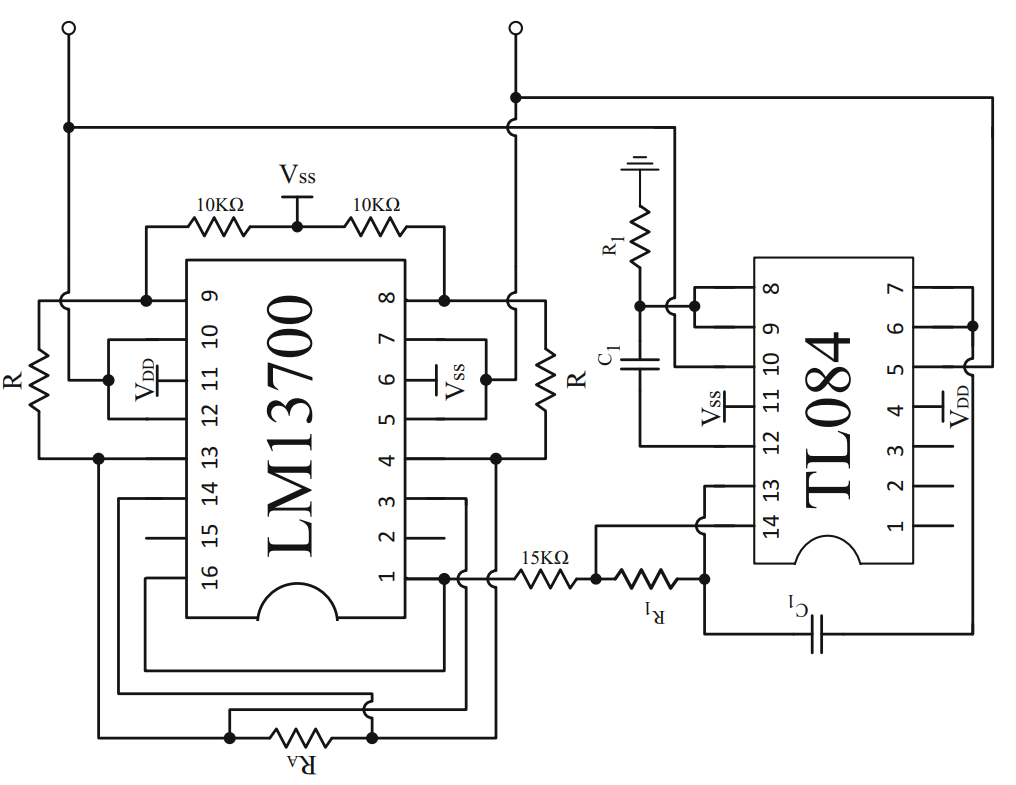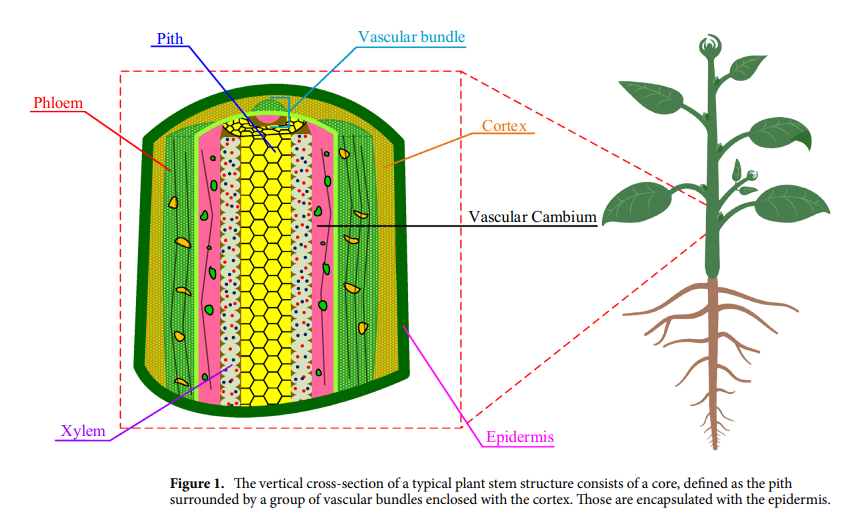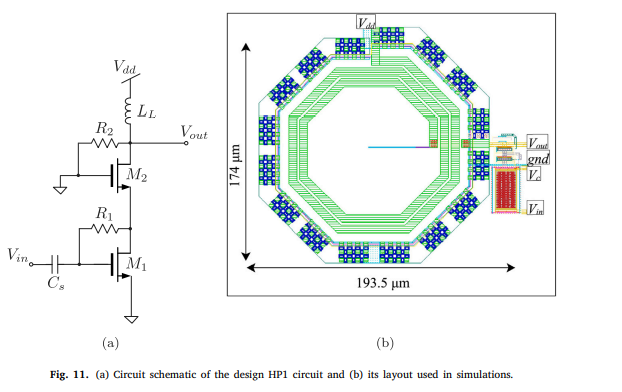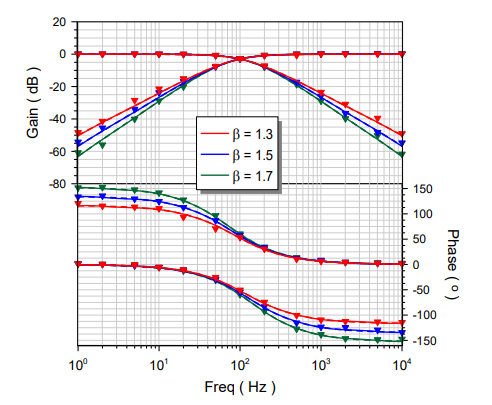
Memristor and inverse memristor: Modeling, implementation and experiments
Pinched hysteresis is considered to be a signature of the existence of memristive behavior. However, this is not completely accurate. In this chapter, we are discussing a general equation taking into consideration all possible cases to model all known elements including memristor. Based on this equation, it is found that an opposite behavior to the memristor can exist in a nonlinear inductor or a nonlinear capacitor (both with quadratic nonlinearity) or a derivative-controlled nonlinear resistor/transconductor which we refer to as the inverse memristor. We discuss the behavior of this new element and introduce an emulation circuit to mimic its behavior. Connecting the conventional elements with the memristor and/or with inverse memeristor either in series or parallel affects the pinched hysteresis lobes where the pinch point moves from the origin and lobes’ area shrinks or widens. Different cases of connecting different elements are discussed clearly especially connecting the memristor and the inverse memristor together either in series or in parallel. New observations and conditions on the memristive behavior are introduced and discussed in detail with different illustrative examples based on numerical, and circuit simulations. © Springer International Publishing AG 2017.



